The program was organized by the Institute of Vietnam and World Economics (Vietnam Academy of Social Sciences) in coordination with the Lowy Institute (Australia) and the Australian Embassy in Vietnam on September 30 in Hanoi.
Speaking at the seminar, Associate Professor, Dr. Ta Minh Tuan, Vice President of the Vietnam Academy of Social Sciences , said the purpose of the seminar was to announce the main findings of the Southeast Asia Aid Map 2025, with a special focus on Vietnam.
The event also promotes policy dialogue, information sharing and creates a forum for policymakers, scholars and development partners to discuss the role, effectiveness and orientation of aid resource use in the sustainable development strategy of Vietnam and the region.
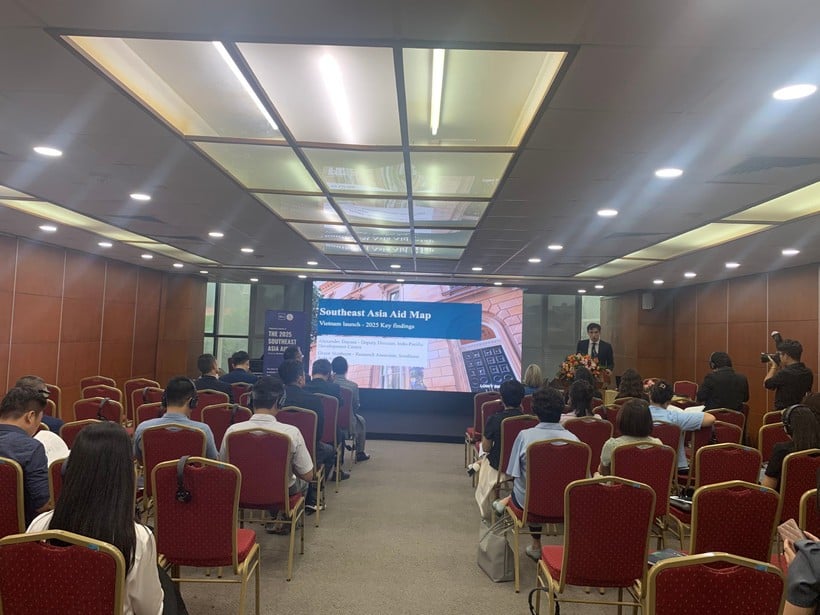 |
| Announcing the Southeast Asia Aid Map, third edition: 2015-2023 period. (Photo: Nhan Dan Newspaper) |
Alexandre Dayant, Deputy Director of the Lowy Institute's Indo- Pacific Development Center and Project Manager of the Aid Map Project, emphasized that the Southeast Asia Aid Map is not only a report but also a database and online tool on aid financial flows. This tool provides detailed information on commitments, disbursements, and donor partners, helping policymakers and donors orient effective investment strategies.
According to data from the Southeast Asia Aid Map, although the total amount of official development assistance (ODF) for the Southeast Asia region tends to be slightly adjusted, Vietnam shows a positive shift. From 2015 to 2023, Vietnam received 49.6 billion USD from 80 development partners through 22,538 projects. Although the ODF disbursement level in Vietnam has been adjusted, from 9.3 billion USD in 2015 to 2.9 billion USD in 2023, this is a signal that Vietnam is becoming more proactive and self-reliant in development.
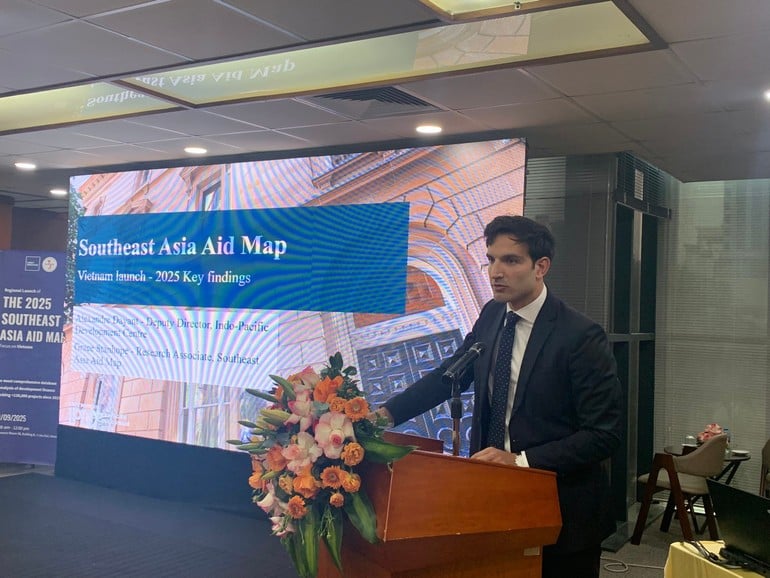 |
| Mr. Alexandre Dayant - Deputy Director of the Indo-Pacific Development Center, Lowy Institute, announced the Southeast Asia Aid Map. (Photo: Nhan Dan Newspaper) |
Experts assess that the adjustment of ODF capital flows reflects a new development step of the Vietnamese economy. Vietnam is strongly transforming from an economy heavily dependent on aid to an economy receiving selective development loans, and at the same time joining the regional ODF supply network. Vietnam has provided an average of 17 million USD of ODF annually since 2015, mainly to Laos, Cambodia, Indonesia and the Philippines, demonstrating its growing role in regional development cooperation.
Mr. Ron H. Slagen, Deputy Country Director of ADB in Vietnam, affirmed that Vietnam is making strong efforts to overcome the middle-income trap and move towards the goal of becoming a high-income country. In this journey, official development finance (ODF), including official development assistance (ODA) and foreign concessional loans, continues to be an important source of support for domestic capital sources, serving socio-economic development. Utilizing ODF not only for infrastructure but also to improve governance, protect the environment, and promote social equality will help Vietnam move closer to the goal of becoming a powerful nation by 2045.
To achieve sustainable growth, Vietnam is focusing on maximizing its economic potential, especially the private economic sector. Resolution 68/NQ-TW of the Politburo has set a target that by 2030, the private economy will be the most important driving force of the national economy, pioneering in science and technology, innovation and digital transformation, with an average growth rate of 10-12% per year, higher than the general growth rate of the economy.
Vietnam is also implementing specific tasks and solutions such as renewing thinking, promoting reforms, improving the quality of institutions and policies, protecting ownership rights, property rights, freedom of business and fair competition. These efforts aim to expand development space and make the best use of domestic resources, especially from the private economic sector, creating a solid foundation for breakthrough and sustainable growth in the future.
Source: https://thoidai.com.vn/viet-nam-su-dung-hieu-qua-vien-tro-cho-phat-trien-ben-vung-216663.html








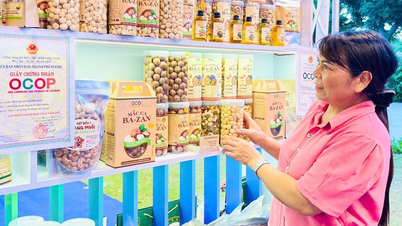

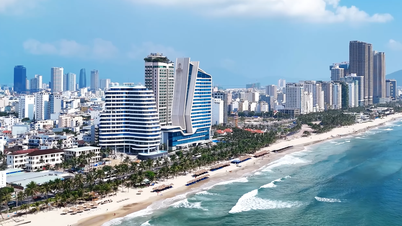

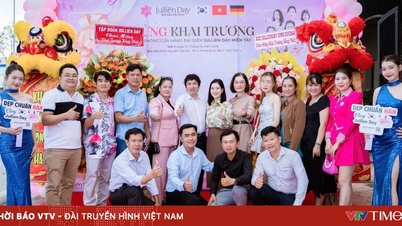

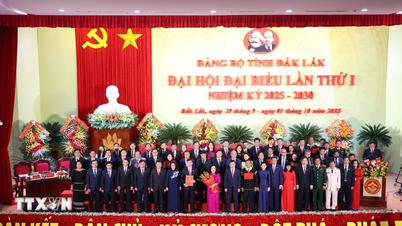

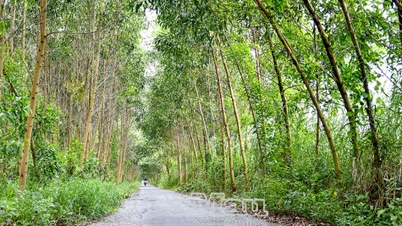




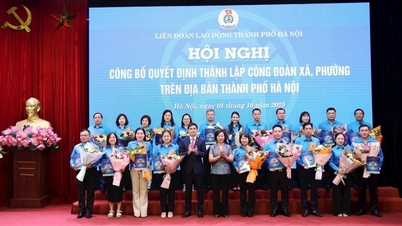

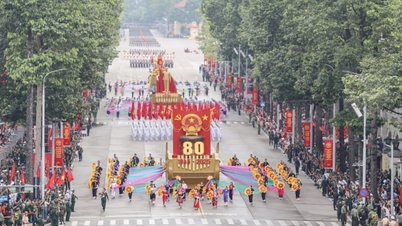
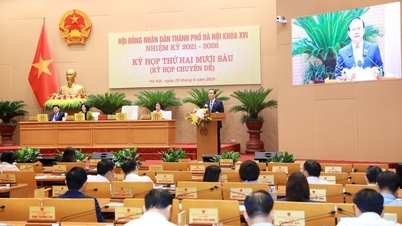
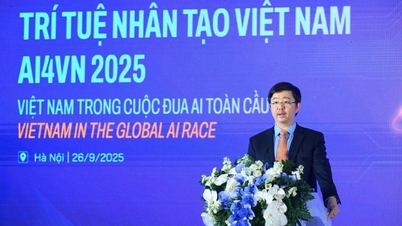




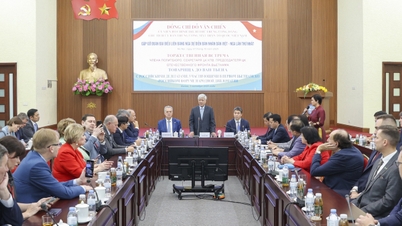
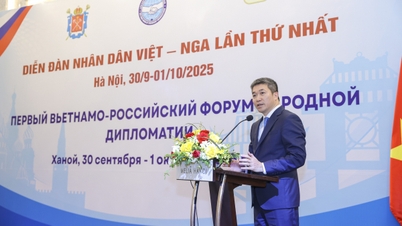
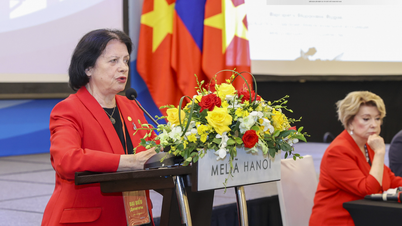
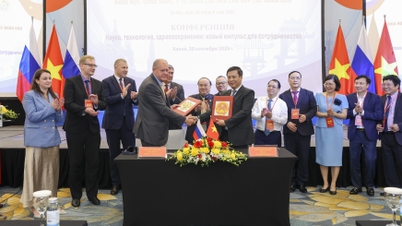
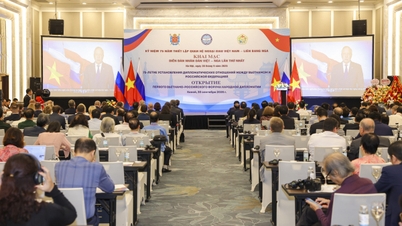






































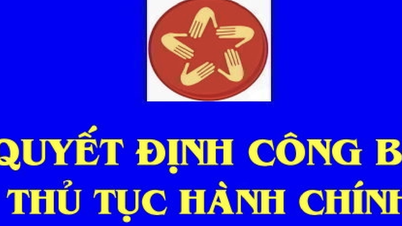



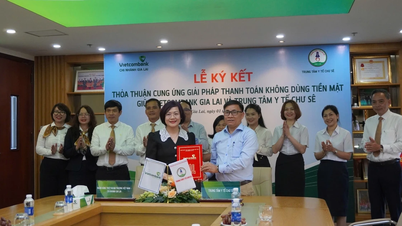
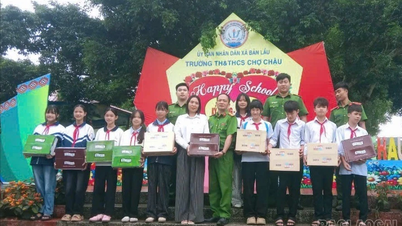




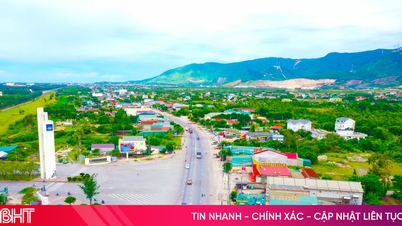

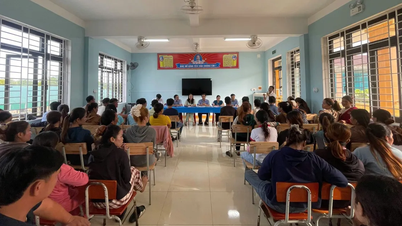














Comment (0)